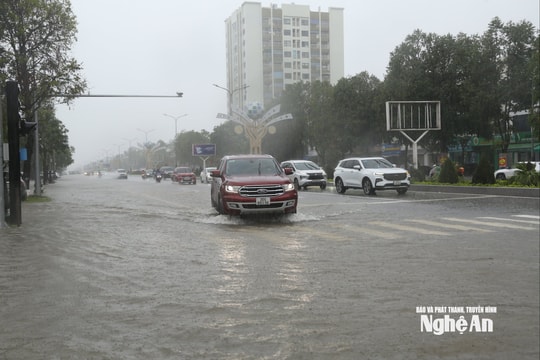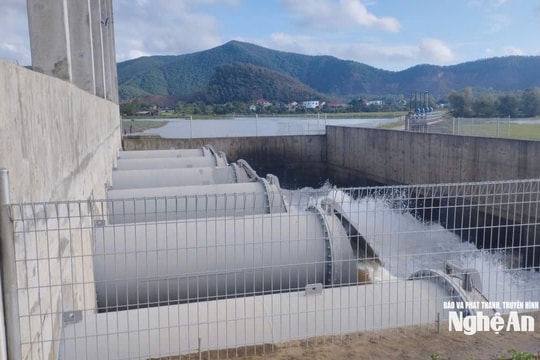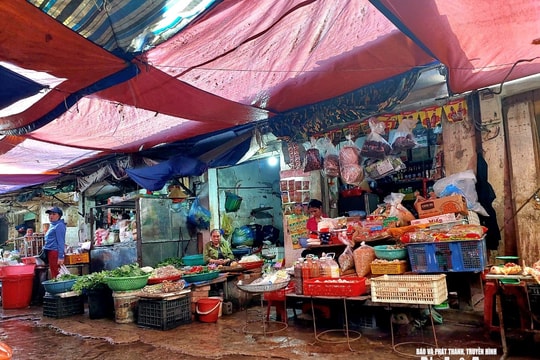Some issues that need to be learned after the arrangement of administrative units at district and commune levels
(Baonghean.vn) - The reorganization of district and commune-level administrative units in the 2019-2021 period has ended. After more than 2 years of reorganization, in addition to many positive impacts, there are still some issues that need to be learned from, thereby making the reorganization in the next 2022-2030 period go more smoothly.
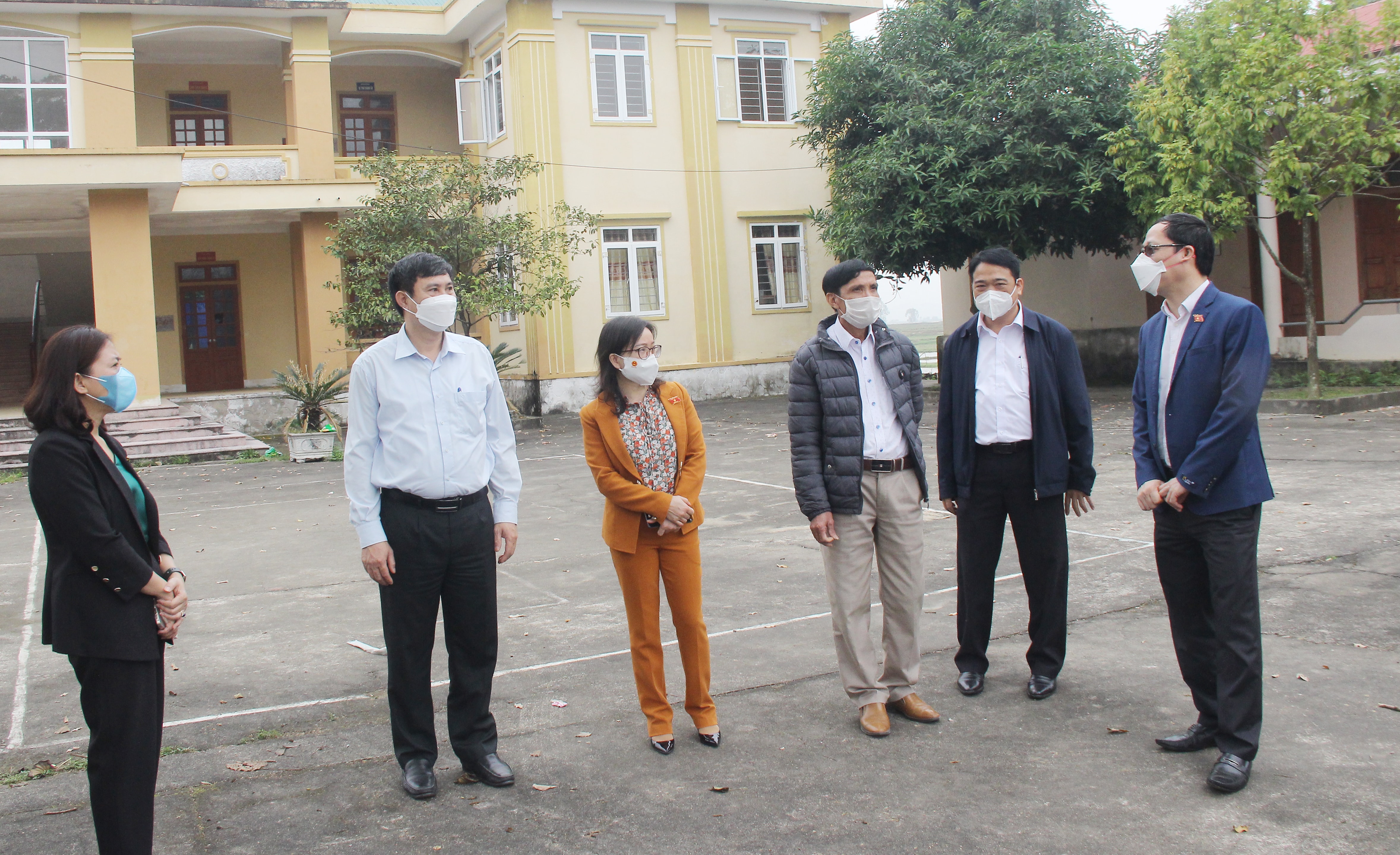 |
| The provincial National Assembly delegation surveyed the surplus facilities in Nam Thuong commune, after Nam Dan district merged the communes of Nam Loc, Nam Tan, and Nam Thuong into the new commune of Thuong Tan Loc. Photo: Mai Hoa |
Many positive impacts
Implementing the policy of reorganizing administrative units at district and commune levels in the period of 2019 - 2021, the Party Committees and authorities at all levels in Nghe An have led and directed in a focused, decisive and systematic manner. In directing, attention has been paid to propaganda, mobilization and persuasion. Thereby, creating high consensus among cadres and people.
In the period 2019 - 2021, Nghe An has 39 commune-level administrative units being rearranged, leaving 19 communes, reducing 20 communes. After the rearrangement, Nghe An will have 460 communes from 480 communes.
Along with reducing the administrative apparatus, localities also simultaneously rearrange and reduce schools and commune health stations.
After more than 2 years, the apparatus in the communes has been reorganized and operated more effectively and efficiently. Through the reorganization, it has created a review, evaluation, screening, and rearrangement of the staff and civil servants to be more refined and compact.
In particular, during the arrangement process, cadres and civil servants have a sense of responsibility and proactively learn to complete tasks at a higher level.
Party committees, authorities and mass organizations gather and concentrate their strength, and direct and manage more clearly, especially the role of leaders.
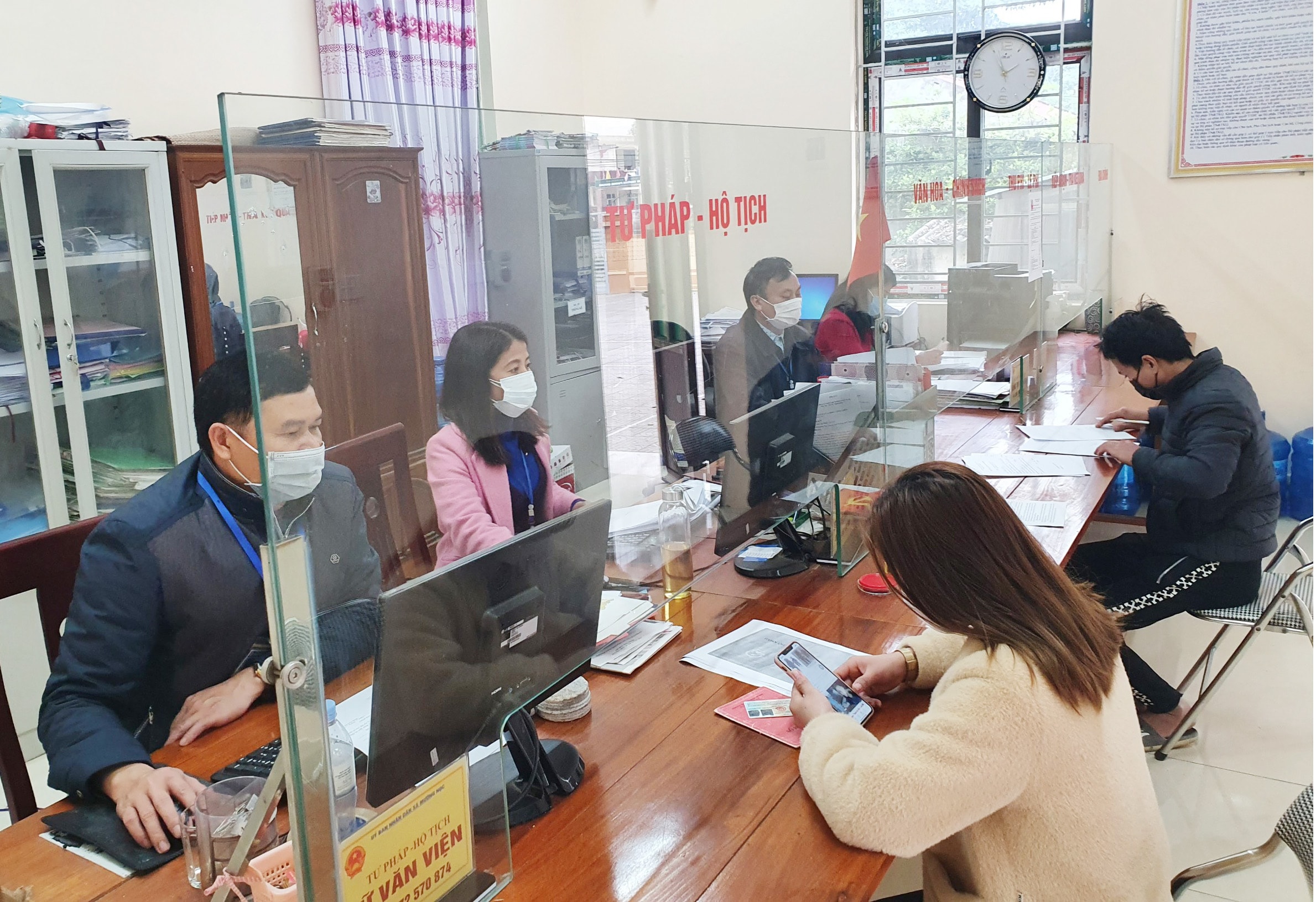 |
| Civil servants of Muong Noc commune, Que Phong district handle administrative procedures for people at the "one-stop shop" department. Photo: Mai Hoa |
Comrade Truong Minh Cuong - Secretary of Que Phong District Party Committee affirmed: "After the arrangement of the two old communes of Que Son and Muong Noc into the new commune of Muong Noc, the apparatus and quality of cadres and civil servants here are the most complete in the district". Accordingly, the movement in localities in terms of arrangement not only ensures stability but also has good development, especially the direction of the Party Congress for the term 2020 - 2025, the election of deputies to the 15th National Assembly and People's Council deputies at all levels for the term 2021 - 2026 has been very successful.
In addition, administrative boundaries in some establishments have also been arranged more reasonably. For example, in Nam Dan town, according to comrade Nguyen Hong Son - Deputy Secretary of the District Party Committee, Chairman of the District People's Committee, before the merger, the town had a small area and after 5 terms it could not expand its administrative boundaries, so through the arrangement, the entire Van Dien commune and part of Nam Thuong commune were merged to increase the area and population; along with other criteria, creating a basis for the town to build a type IV urban area in the coming time".
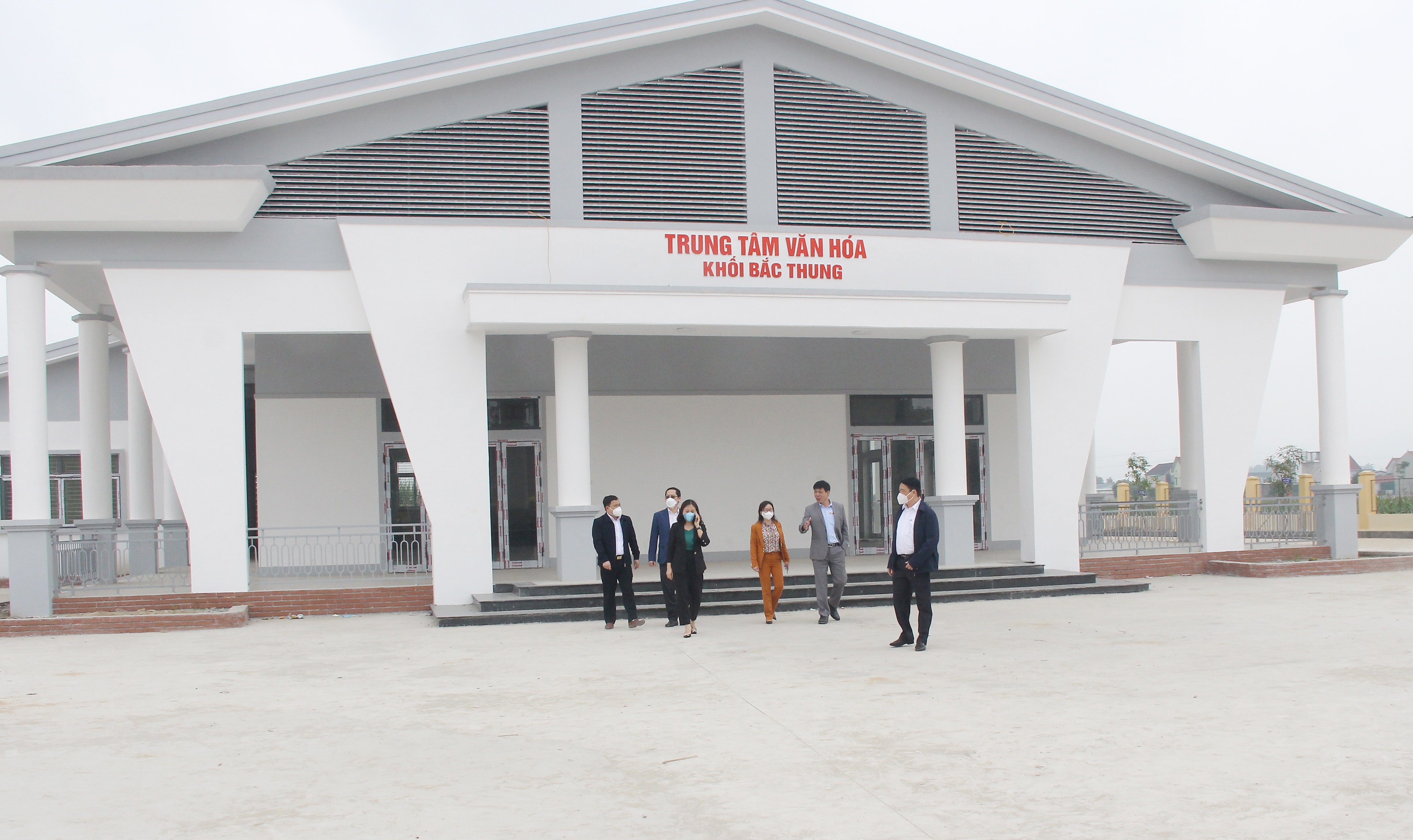 |
| When Van Dien commune (old) was merged into Nam Dan district town, many residential areas received investment in spacious infrastructure. Photo: Mai Hoa |
Another positive factor also emphasized by the establishments is that after the merger, localities will be supplemented with additional resources in terms of land, forest and human resources to develop their socio-economy more favorably.
Like Kim Son town, Que Phong district, according to local leaders, the town has a large area of rice fields and forests, along with the unique culture of ethnic minorities, opening up new development directions.
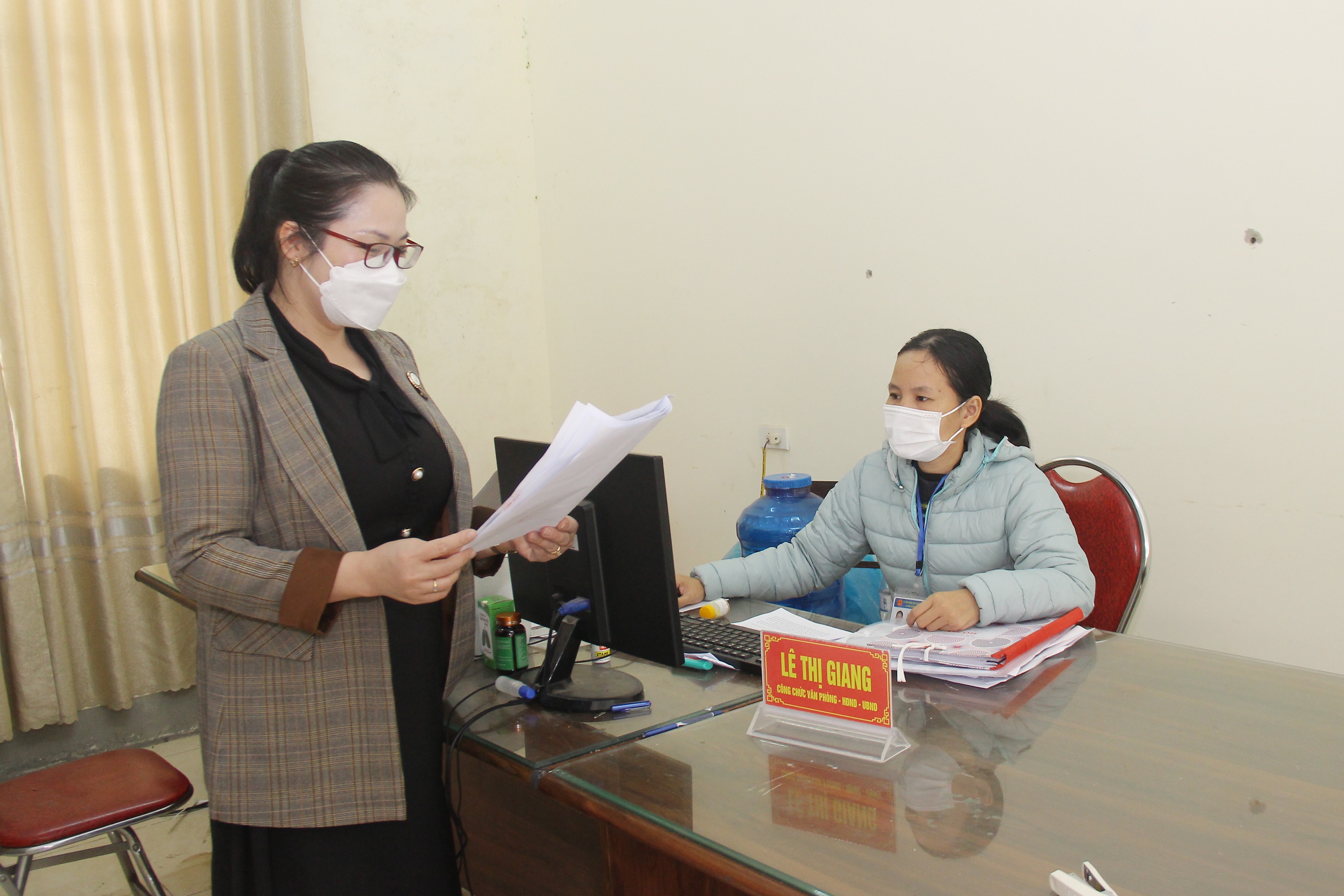 |
| Officials from the Department of Internal Affairs of Hung Nguyen district check public ethics in Long Xa commune. Photo: Mai Hoa |
Similarly, Thuong Tan Loc commune (Nam Dan) after being merged from 3 communes of Nam Thuong, Nam Tan, Nam Loc has supplemented land potential, creating conditions for planning large-scale agricultural production areas associated with the application of science and technology, commodity agricultural production, and at the same time planning and attracting investment in the area.
Nam Dan town has expanded urban space, expanded trade and service development areas associated with developing craft villages, attracting investment...
Along with the above positives, according to the affirmation of localities, the recent arrangement of commune-level administrative units has also reduced expenditures from administrative activities, salary and allowance payments, and reduced investment sources for construction, repair, and upgrading of commune offices, schools, and medical stations every year.
Regarding salary and salary allowance expenditures, according to the report of the Provincial People's Committee, in 2020 and the first 6 months of 2021, expenditures were reduced by more than 15.5 billion VND and operating expenditures were reduced by 9.6 billion VND.
Lessons learned
According to Resolution No. 37-NQ/TW dated December 24, 2018 of the Politburo on the arrangement of district and commune-level administrative units, the 2022-2030 period will continue to arrange district and commune-level administrative units in accordance with the Master Plan of administrative units.
The recent practice of reorganizing commune-level administrative units has been confirmed by all localities as a completely correct policy. However, in order for the next phase of reorganization to proceed smoothly, some opinions suggest that it is necessary to learn from experience and focus on solving some of the issues that are arising.
The most difficult problem to solve at present is the problem of redundant civil servants. Among the 19 merged units, 4 communes and towns keep the same number of employees (Tam Thai commune, Xa Luong commune - Tuong Duong district); Tien Phong commune, Kim Son town - Que Phong district); and 15 communes have a surplus of 316 people.
In the past time, each locality and each facility has made efforts to arrange and assign in many forms such as retirement at the age, mobilizing retirement according to the 108 regime; rotating, mobilizing, seconding to other communes and rotating to districts with a total of 120 people; currently there are 196 surplus cadres and civil servants.
According to the reports of the localities of Que Phong, Nghia Dan, Hung Nguyen, Nam Dan, all units have proactively developed plans to arrange redundant staff. However, according to comrade Nguyen Thi Hong Hoa - Secretary of Nam Dan District Party Committee, regarding human resources, the selection of who goes and who stays must be carefully considered and very cautious. The work of propaganda, mobilization, and persuasion of staff is also very difficult for the grassroots.
According to comrade Nguyen Thi Thom - Secretary of the Hung Nguyen District Party Committee, there are currently 56 surplus cadres and civil servants in the 5 merged communes of the district. Although the district has calculated "everything" to solve the surplus, the deadline set at the end of December 2024, the merged communes must bring the number of cadres and civil servants to the correct standards according to the provisions of Decree No. 34/2019/ND-CP of the Government is a difficult problem. Because at the same time as merging administrative units, at the grassroots level, Decree No. 34/2019/ND-CP must be implemented (each commune reduces 2 cadres and civil servants), so the communes that do not merge are also under pressure to reduce the number of employees and at the district level, basically enough arrangements are made according to regulations.
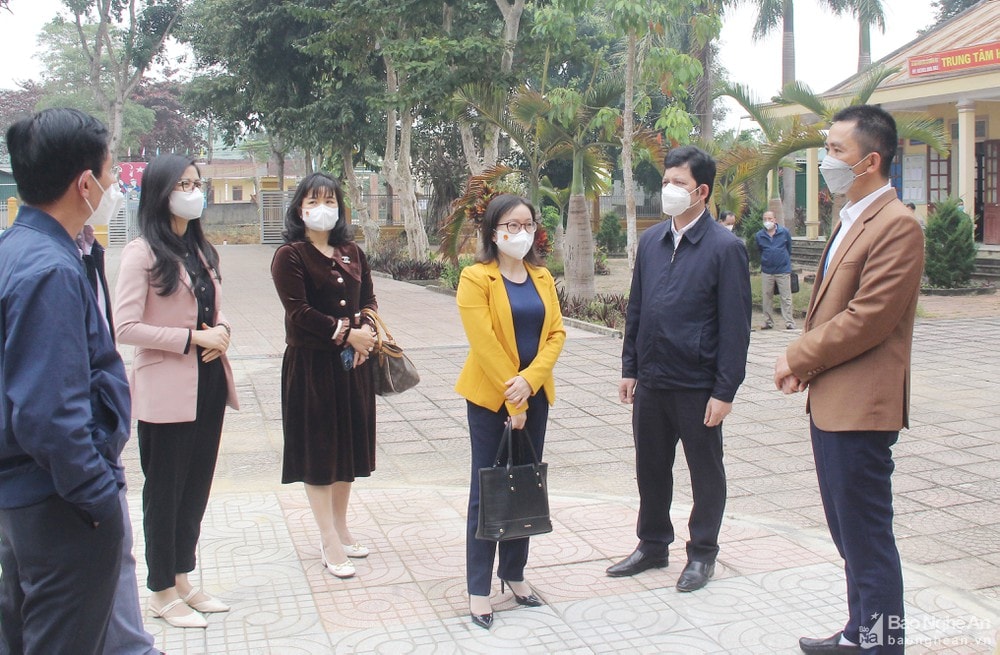 |
| The provincial National Assembly delegation surveyed the commune merger in Muong Noc commune, Que Phong district. Photo: Mai Hoa |
To solve the current surplus problem and at the same time facilitate the rearrangement policy in the next phase, many grassroots opinions believe that the Central and provincial governments need to research and issue strong enough support policies for surplus people to transfer to other jobs.
On the other hand, the Central Government needs to study to amend and reduce the retirement age for communal-level cadres and civil servants, because the reality of working at the grassroots level directly with the people is stressful and difficult, and many grassroots cadres also want to retire early.
In addition to policies for officials, some opinions also proposed that the Central and provincial governments have policies to support infrastructure investment for merged communes, ensuring differences in investment, creating motivation for merged units in the later stages.
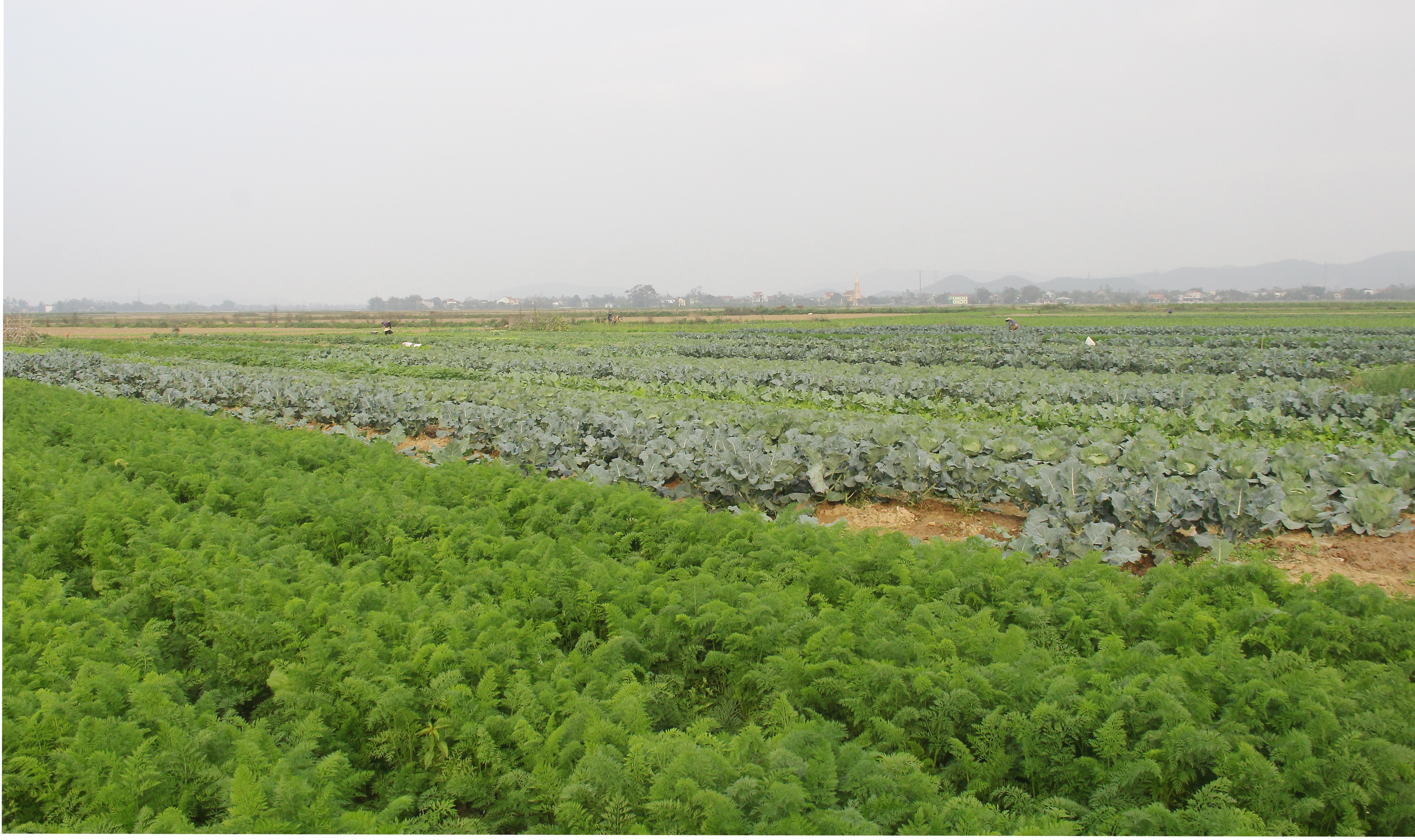 |
| After the merger, Hung Thanh commune (Hung Nguyen) has increased its land potential to develop large-scale economy. Photo: Mai Hoa |
Besides, many organizations also believe that the Central Government needs to study and amend standards on area and population size to suit reality.
Specifically, for mountainous and highland communes, it is necessary to revise the population standard, from 5,000 people to 3,000 or more (in cases where the natural area increases by 150% or more, the population size will be from 2,500 people or more).
Or for commune level, the natural area standard needs to be reduced in scale from 30 km2down from 15 km2and above; town standards of 14 km in size2down from 10 km2or more.
Along with that, it is necessary to regulate the maximum length of administrative units, ensuring convenience for the leadership, direction and management of Party committees and authorities as well as the travel of people in performing services. Because after the merger, Thuong Tan Loc commune is located along the Thien Nhan mountain range, so the length of the commune is about 20 km./.

